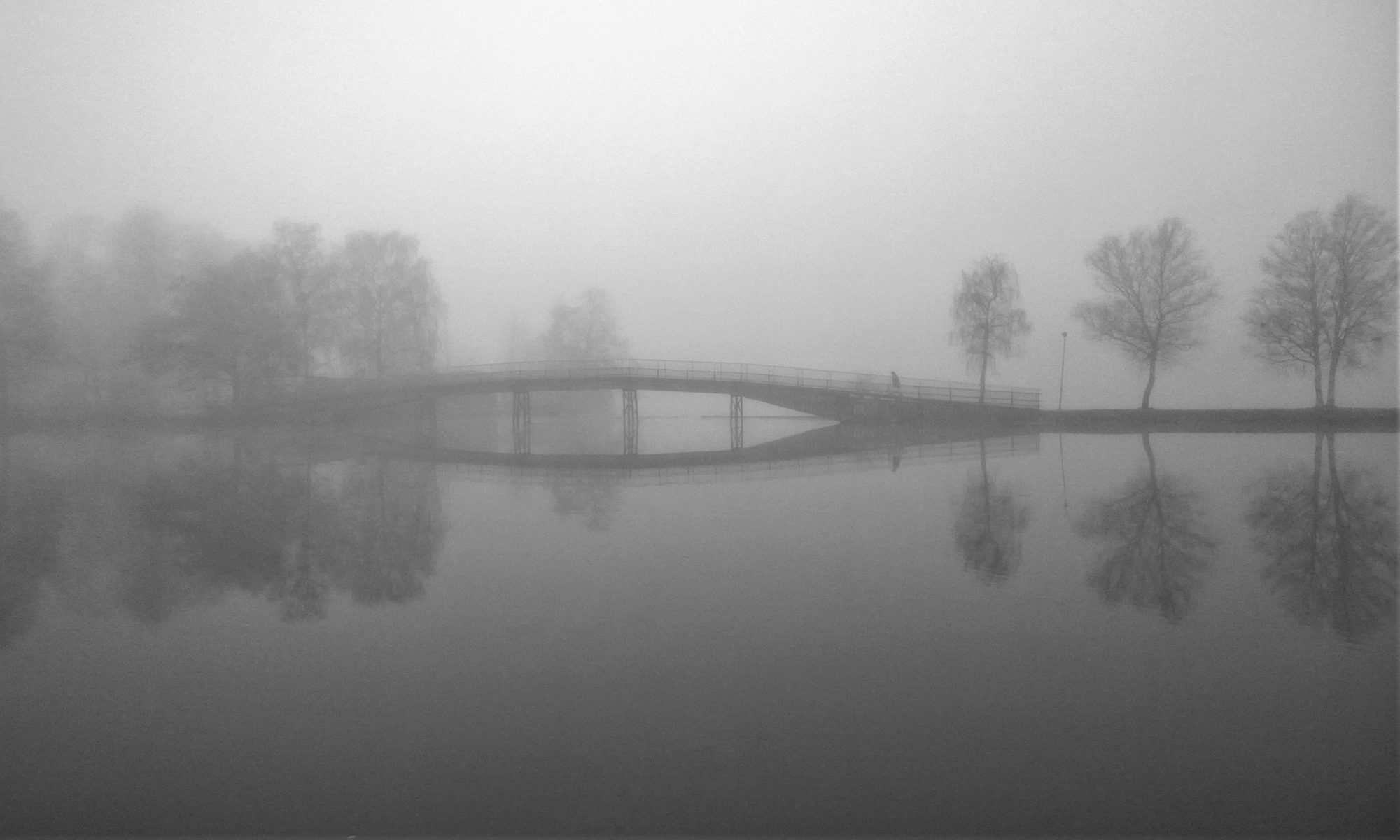Protected: Hotel Monterey Ginza, TOKYO (full report)
Protected: Atami Tensui, ATAMI (full report)
Protected: Diamond Bay Beach and Spa Resort, NHA TRANG (full report)
Auberge Azabu, KYOTO (partial assessment)


This is my third time visiting Kyoto, the capital of ancient Japan for about a millennium. In fact, the word Kyoto itself literally means ‘The Capital’; whereas modern Tokyo stands for ‘Eastern Capital’. It is where one finds the culmination of Japan’s most elegant and refined culture, combined with and adopted from ancient China’s from the Han to Song periods (unarguably the most glorious millennium in the latter’s history, albeit periodic invasions from nomadic tribes). The city is organized on a grid and modeled after Chang’an, capital of the Tang Dynasty; ancient structures like the Heian Palace and Buddhist temples bear the style and building techniques of architecture from the same era. Kyoto is a gem for travelers with interests in history and culture, as well as beauty and nature.
As with my previous visits, again I chose to stay in a ‘ryokan’ – a type of traditional Japanese inn usually providing at least one meal as part of the stay. Most ryokans were intrinsically old; a few ones were even created over a thousand years ago, while some were converted from traditional homes and tea houses in the past century.
This time, though, I stayed at what could be called a ‘flawless, modern representation or expression of the traditional ryokan genre’.
The Auberge Azabu was converted from the owner’s inherited family house – an undertaking like that would present both a dream and challenge to partake in:

















Photos: Courtesy of Auberge Azabu & Zencounter.
